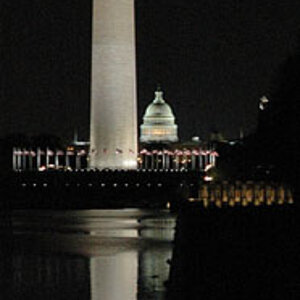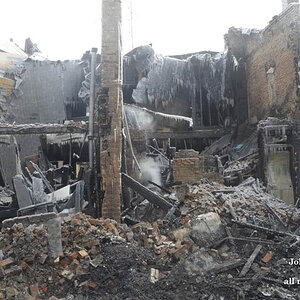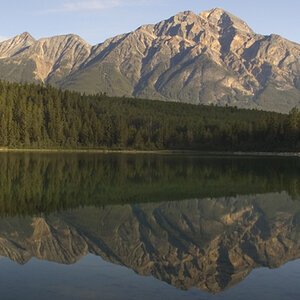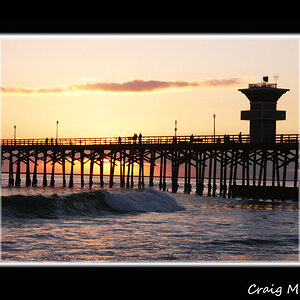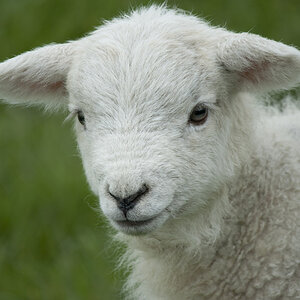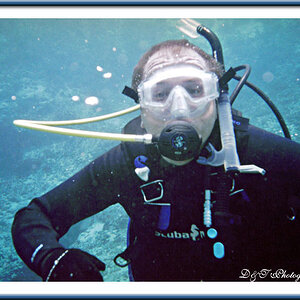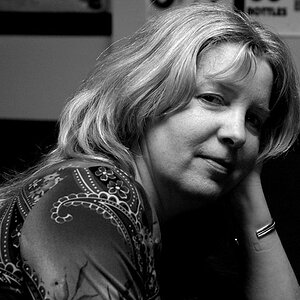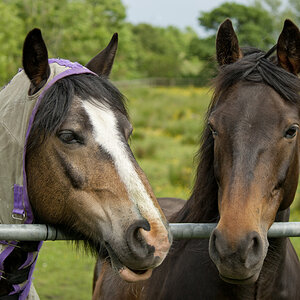- Joined
- Jul 16, 2015
- Messages
- 4,040
- Reaction score
- 4,661
- Location
- Oklahoma
- Can others edit my Photos
- Photos OK to edit
Nikon 105mm f/2.5. Picked it up on ebay for 80.00. What do you think?
1. Missie
 Test shot- vintage lens by Peeb OK, on Flickr
Test shot- vintage lens by Peeb OK, on Flickr
2. Riley
 Shot 2- testing 40 year old lens by Peeb OK, on Flickr
Shot 2- testing 40 year old lens by Peeb OK, on Flickr
1. Missie
 Test shot- vintage lens by Peeb OK, on Flickr
Test shot- vintage lens by Peeb OK, on Flickr2. Riley
 Shot 2- testing 40 year old lens by Peeb OK, on Flickr
Shot 2- testing 40 year old lens by Peeb OK, on Flickr


